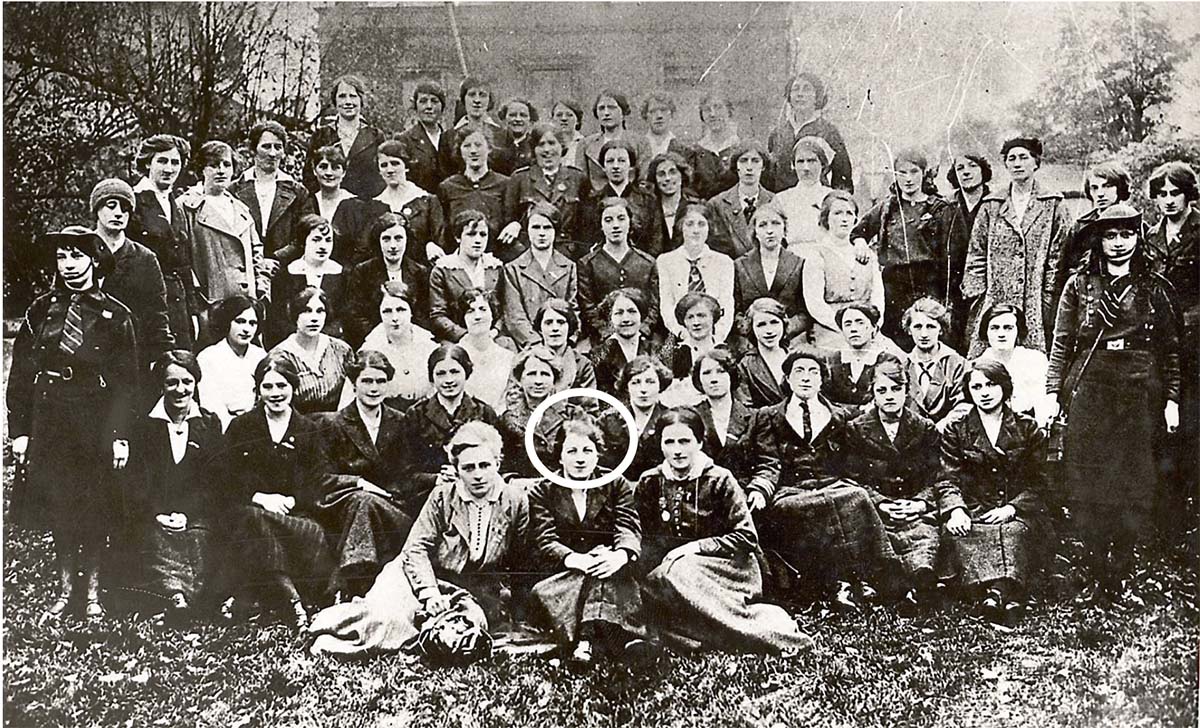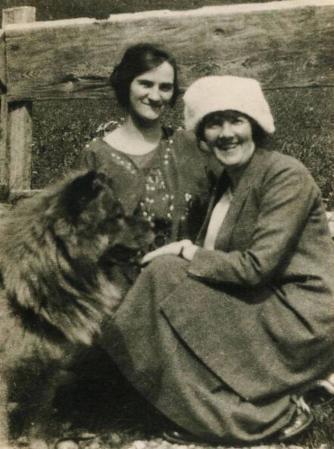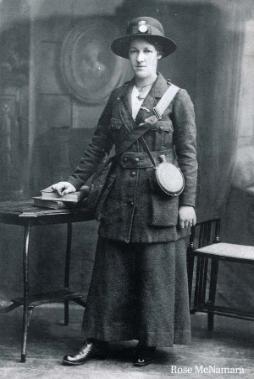In This Section
- Home
- Collections
- Atlas Resources for Schools
- Cork Fatality Register
- Mapping the Irish Revolution
- Mapping IRA Companies, July 1921-July 1922
- Mapping the Burning of Cork, 11-12 December 1920
- Martial Law, December 1920
- The IRA at War
- The Railway Workers’ Munitions Strike of 1920
- The Victory of Sinn Féin: The 1920 Local Elections
- The War of Words: Propaganda and Moral Force
- The IRA Offensive against the RIC, 1920
- De Valera’s American Tour, 1919-1920
- The British Reprisal Strategy and its Impact
- Cumann na mBan and the War of Independence
- The War Escalates, November 1920
- The War of Independence in Cork and Kerry
- The Story of 1916
- A 1916 Diary
- January 9-15 1916
- January 10-16, 1916
- January 17-23, 1916
- January 24-30, 1916
- February 1-6 1916
- February 7-14, 1916
- February 15-21, 1916
- February 22-27, 1916
- February 28-March 3, 1916
- March 6-13,1916
- March 14-20, 1916
- March 21-27 1916
- April 3-9, 1916
- April 10-16, 1916
- April 17-21,1916
- May 22-28 1916
- May 29-June 4 1916
- June 12-18 1916
- June 19-25 1916
- June 26-July 2 1916
- July 3-9 1916
- July 11-16 1916
- July 17-22 1916
- July 24-30 1916
- July 31- August 7,1916
- August 7-13 1916
- August 15-21 1916
- August 22-29 1916
- August 29-September 5 1916
- September 5-11, 1916
- September 12-18, 1916
- September 19-25, 1916
- September 26-October 2, 1916
- October 3-9, 1916
- October 10-16, 1916
- October 17-23, 1916
- October 24-31, 1916
- November 1-16, 1916
- November 7-13, 1916
- November 14-20, 1916
- November 21-27-1916
- November 28-December 4, 1916
- December 5-11, 1916
- December 12-19, 1916
- December 19-25, 1916
- December 26-January 3, 1916
- Cork's Historic Newspapers
- Feature Articles
- News and Events
- UCC's Civil War Centenary Programme
- Irish Civil War National Conference 15-18 June 2022
- Irish Civil War Fatalities Project
- Research Findings
- Explore the Fatalities Map
- Civil War Fatalities in Dublin
- Civil War Fatalities in Limerick
- Civil War Fatalities in Kerry
- Civil War Fatalities in Clare
- Civil War Fatalities in Cork
- Civil War Fatalities in the Northern Ireland
- Civil War Fatalities in Sligo
- Civil War Fatalities in Donegal
- Civil War Fatalities in Wexford
- Civil War Fatalities in Mayo
- Civil War Fatalities in Tipperary
- Military Archives National Army Fatalities Roll, 1922 – 1923
- Fatalities Index
- About the Project (home)
- The Irish Revolution (Main site)
The Forgotten Army

Meet some of the women of 1916
While many women avoided detection and eventually qualified for pensions under the later acts for military service, others suffered the ultimate price for their work.
By Niall Murray, the Irish Examiner
Agnes McNamee
On Friday last Una Nic Chonamidhe, Emerald Square, Ath Cliath, was arrested and lodged in Mountjoy Prison to undergo a sentence of seven days’ imprisonment, having refused to pay the fine inflicted on her for the ‘crime’ of collecting money for the Irish Language Fund without a ‘permit’ from the British government. The fine imposed in her case was double that imposed in other cases, evidently because her name appeared in the charge sheet in Irish.
The Wallace Sisters

The Wallace sisters, Sheila and Nora, had a massive impact on IRA operations in Cork, along with a number of other women, according to newly released files. The key roles of women in the day-to-day organisation and command of local IRA units emerges from the latest files of dozens who sought medals or pensions in recognition of service during the Irish revolution. While most were members of Cumann na mBan, the testimony of IRA officers and others makes clear that women were often far more than just carriers of despatches or guns, the traditional profile attributed to them during the turbulent period. Among those whose significant impact on IRA operations is beginning to filter into the public domain in recent years are the Wallace sisters, Sheila and Nora, from Cork City. The death in 1970 of Nora Wallace was marked by a story in the Cork Examiner under the headline: ‘Her little paper shop was IRA rendezvous.’ But the brief article barely touched the surface of the extent to which she and sister Sheila were central to the underground army’s activities in Cork City. As stated in one of their just-released pension files by former IRA Cork No 1 brigade commander Sean O’Hegarty, their city-centre backstreet shop between Grand Parade and South Main St was at the heart of the IRA communications and organisational network.
Miss Nora Wallace was in actual fact a member of the IRA from 1916 onwards,” Hegarty wrote to the Military Service Registration Board in 1934. “She did her first work of dispatch carrying on Easter Sunday 1916, continued without intermission to do any similar work assigned to her. “The shop in Augustine Street became the centre for the receipt and issue of despatches, the point of touch for verbal messages, and, you might say, the Brigade headquarters for operations in the city area. All this applies equally to her sister Sheila.
Cork No 1 Brigade intelligence officer Florence O’Donoghue, later a key historian of the revolutionary years in the city and county, has described the Wallace sisters as deserving immortality for their work. The kitchen behind their shop was the location of meetings of senior IRA officers most nights during the War of Independence until the premises was closed by military order in May 1920. Like many other female applicants, the negative effects of the stress of being raided by the RIC and British military during the period are laid out in the Wallace sisters’ files. Nora’s doctor certified she suffered from pulmonary tuberculosis and had been treated for pneumothorax.
She contracted the disease by living in almost impossible conditions owing to her activities during the Black and Tan, and Civil Wars,” Hegarty wrote in 1933. “The disease is now quiescent but she must be in a position to give continuous and extra-ordinary care to her health.
Sheila Wallace died in 1944, but her £55 annual pension received for the few years before her death was for her role as an IRA Brigade officer, rather than a member of Cumann na mBan. This reflects an emerging theme in many of the 106 women whose files are online from this morning. Among them are many whose work was for key roles in the IRA command structure, particularly for intelligence duties carried out during the War of Independence and Civil War. Madge Barnes, (at the time Madge Coughlan), managed to secure highly important information for anti-Treaty forces when she moved from Cork to Dublin during the Civil War.
“As a matter of fact there were times when I even thought she was working for the [Free State] Intelligence Department… she became suspect and was actually going to be shot, but she managed to allay their suspicions and actually resumed her intelligence work,” wrote Cumann na mBan ex-honorary secretary Sighle Humphreys in a 1945 letter on Barnes’s file.
The intelligence activities of Lily Mernin from 1919, vouched for by senior IRA figure Piaras Béaslaí, made the most of her work as a shorthand typist for the British army’s district command at Dublin Castle. The duties assigned her by Michael Collins included the supply of addresses, descriptions, habits and other information on British officials, intelligence officers, as well as civilians working in the Castle, and to copy any documents she could.
“I set to work at once, and it was largely through my assistance that Collins was able to ascertain that the typed ‘death notices’ on Dáil Éireann notepaper sent out to prominent Republicans were typed in Dublin Castle, and even to find out the room in which they were done and the typewriter used,” she testified.
Learn more about the Wallace sisters in his Documentary on One podcast: Little Shop of Secrets
This article was first published in the Irish Examiner on 11 December 2015

 Having joined Cumann na mBan in 1915, she was
Having joined Cumann na mBan in 1915, she was